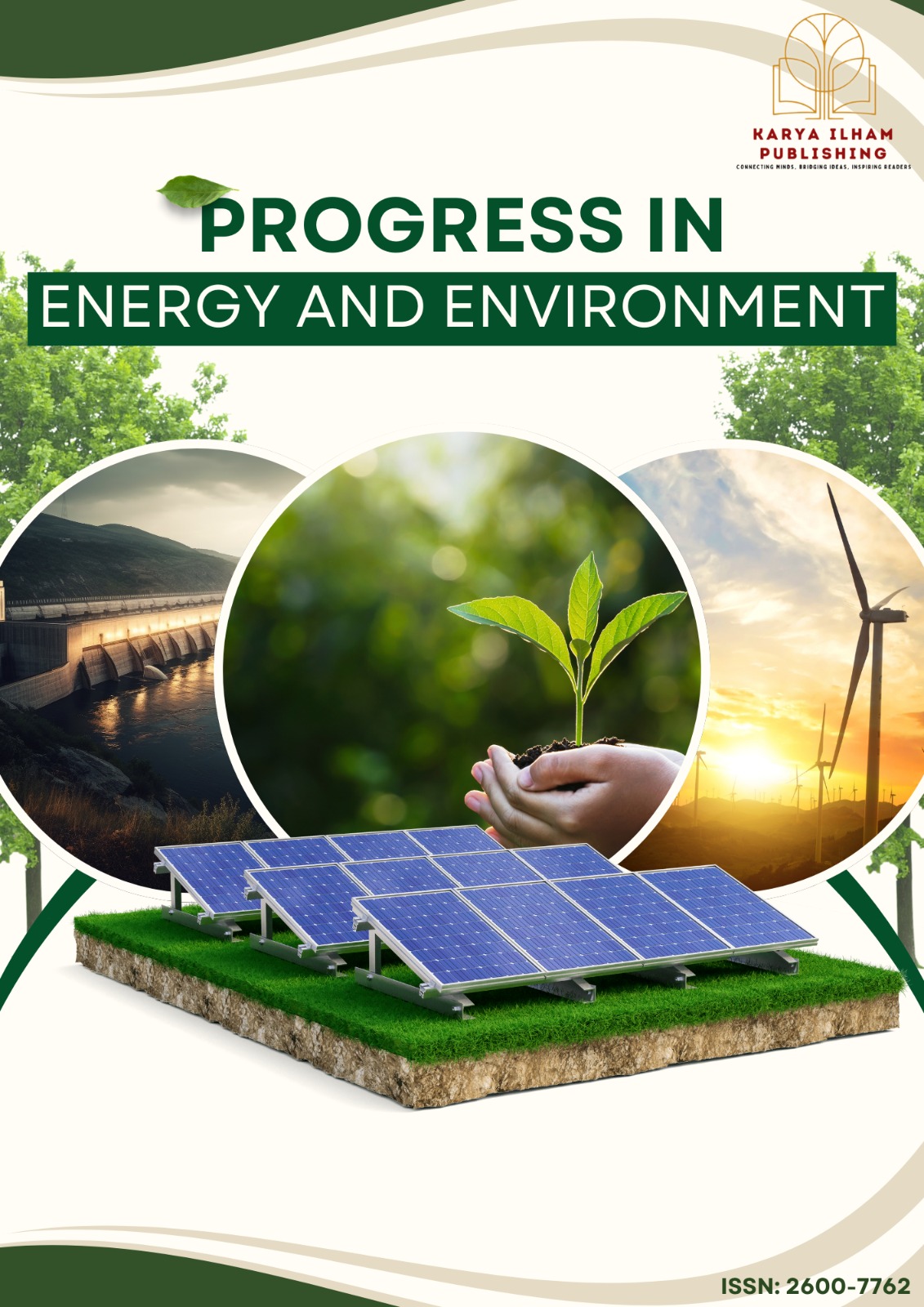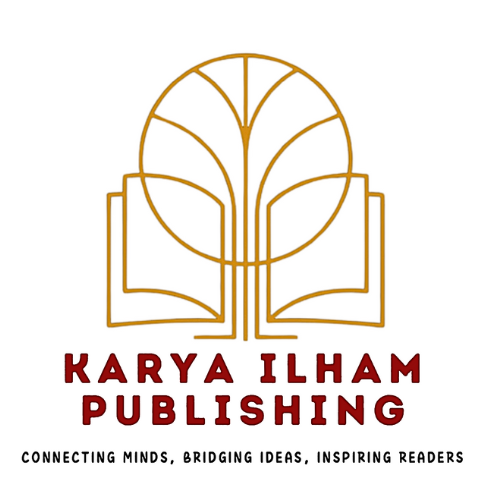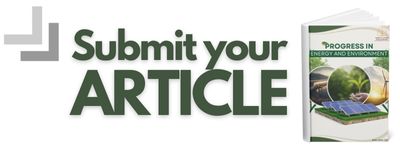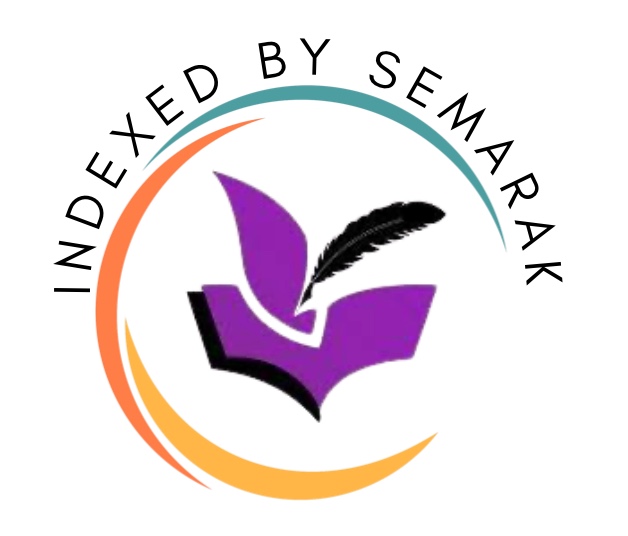Strengthening the Building Surveying Profession in Malaysia: A Chronological Review and Building Surveyors’ Services in Malaysia
Pengukuhan Profesion Ukur Bangunan di Malaysia: Tinjauan Kronologi dan Perkhidmatan Juruukur Bangunan di Malaysia
DOI:
https://doi.org/10.37934/progee.31.2.7990Keywords:
Building Surveying, Building Surveyors Roles, Building Surveying Chronology, Construction Industry, Malaysia, Ukur Bangunan, Peranan Juruukur Bangunan, Kronologi Ukur Bangunan, Industri PembinaanAbstract
The building surveying profession in Malaysia has experienced significant ups and downs since its introduction. Building surveying is a professional field that focuses on the maintenance, conservation, and evaluation of buildings, and focuses more on building control and compliance with acts and regulations. Nonetheless, recognizing the function and significance of Building Surveyors among industry professionals and the public remains a concern that requires attention. This article examines the development and strengthening of this profession by reviewing its establishment's chronology and emphasizing its services. This critical study uses qualitative research to understand the history of building surveying in the Malaysian construction industry and its services. Two (2) research questions are the reasons (why) for the limited acceptance of Building Surveyor roles over an extended period, and the relationship (how) these roles relate to the current needs of the industry and the public are examined. This paper will provide useful knowledge to prospective building surveying students, graduates, the public, and industry practitioners about the facts and history behind the establishment and development of the building surveying field and profession in Malaysia. In line with the progress of the construction sector and the need for more sustainable buildings, the construction industry's strengthening of building surveying services and the construction fund should be given attention.
Pertumbuhan penduduk dan bilangan kenderaan bermotor menimbulkan cabaran besar bagi kawasan bandar, terutamanya dari segi meningkatkan trafik, kualiti perkhidmatan dan prestasi pengangkutan. Kajian ini bertujuan untuk menganalisis kesan kepadatan trafik terhadap kualiti perkhidmatan dan prestasi pengangkutan bas awam di bandar berdasarkan pada mata penumpang dan bukan penumpang. Kaedah One Way Anova digunakan untuk menguji perbezaan ketara antara kedua-dua golongan. Hasil kajian menunjukkan bahawa penumpang merasakan bahawa kesesakan lalu lintas menyebabkan kelewatan perjalanan, mengurangkan ketepatan jadual, serta menjejaskan keselesaan dan kepuasan mereka terhadap perkhidmatan bas. Sementara itu, bagi bukan penumpang, kesesakan lalu lintas tetap menjadi isu utama yang mempengaruhi mobiliti bandar, di mana mereka melihat ketidakcekapan sistem bas sebagai salah satu faktor yang menghalang mereka daripada menggunakan pengangkutan awam. Oleh itu, bagi meningkatkan kecekapan dan daya tarikan pengangkutan awam, pihak berkuasa perlu mengambil langkah seperti menyediakan laluan khas bas, memperkenalkan sistem pemantauan waktu ketibaan secara real-time, serta memperbaiki infrastruktur dan integrasi laluan bas dengan sistem pengangkutan yang lain.
References
[1] A.S. Ali, and J.W. Chen, Issues and Challenges Faced by Building Surveyors in Malaysia, Structural Survey 31(1) (2013) 35–42. https://doi.org/10.1108/02630801311304404.
[2] N.H. Aziz, and N. Ahzahar, The Challenges of Building Surveyor Graduates in Malaysia, in: 4th Undergraduate Seminar on Built Environment and Technology 2019 (USBET2019), 12th June 2019, Universiti Teknologi Mara Perak Branch, pp. 80-83. 2019.
[3] Simeon, Dele Roger, Gideon O. Adeyanju, Charles Obi Owen, and Rabiu A. Aminu, Building Surveying Practice in The Nigerian Construction Industry: Prospects, Barriers and Enhanced Measures, Journal of Engineering and Technology for Industrial Applications 9(42) (2023) 77-85. https://doi.org/10.5935/jetia.v9i42.881.
[4] A.R. Abdul-Aziz, S. Suresh, and S. Renukappa, The Conundrum of Professionalising Building Surveying in Malaysia, International Journal of Building Pathology and Adaptation 38(5) (2020) 621–634. https://doi.org/10.1108/IJBPA-10-2019-0086.
[5] Z. Isnin, S.S.D.B. Hisham, R. Ramele, and E.M.A. Zawawi, Challenges to Building Surveyors from the Perspectives of Non-Surveyors, MATEC Web of Conferences 66 (2016) 00097. https://doi.org/10.1051/matecconf/20166600097.
[6] Royal Institution of Surveyors Malaysia, RISM Assessment of Competence and Competency Guide, Malaysia: Royal Institution of Surveyors Malaysia, 2021, pp. 1-12.
[7] N.A.M. Radzuan, W.S.Z.W. Hamdan, M.Y. Hamid, and A.H. Abdullah-Halim, The Importance of Building Condition Survey Report for New House Buyers, in: The 2nd International Building Control Conference 2011, 2011, pp. 147-153. https://doi.org/10.1016/j.proeng.2011.11.149.
[8] Che-Ani, Adi Ifran, A.S.M. Tazilan, and K.A. Kosman, The Development of a Condition Survey Protocol Matrix, Structural Survey 29(1) (2011) 35–45. https://doi:10.1108/02630801111118395.
[9] H. Mike, UK Building Surveying Education: The Graduates’ View, Facilities 30(5/6) (2012) 218-233. https://doi.org/10.1108/02632771211208495.
[10] K.P. Kim, F. Rob, and T.H.D. Nguyen, Building Information Modelling Feasibility Study for Building Surveying, Sustainability 12(11) (2020): 4791. https://doi.org/10.3390/su12114791.
[11] G.A. Bowen, Document Analysis as a Qualitative Research Method, Qualitative Research Journal 9(2) (2009) 27–40. https://doi.org/10.3316/QRJ0902027.
[12] J.W. Creswell, Qualitative Inquiry & Research Design: Choosing Among Five Approaches, 2nd ed. Thousand Oaks: Sage, 2007.
[13] S.H. Husain, H.H. Afifuddin, A.I.C. Adi, M.A. Haryanti, and A. Hasnizan, Application of Rasch Measurement Model in Establishing Roles Hierarchy for Malaysian Building Surveying Graduates. WSEAS Transactions on Environment and Development 18, World Scientific and Engineering Academy and Society 18 (2022) 54–68. https://doi.org/10.37394/232015.2022.18.7.
[14] S.H. Husain, A.I.C. Ani, M.A. Haryanti, and M.N. Nurfaradilla, Building Surveying Graduates Performance from the Perspective of Building Surveyors in Malaysia, in: Proceedings - 2017 7th World Engineering Education Forum, WEEF 2017 - In Conjunction with: 7th Regional Conference on Engineering Education and Research in Higher Education 2017, RCEE and RHEd 2017, 1st International STEAM Education Conference, STEAMEC 2017 and 4th Innovative Practices in Higher Education Expo 2017, 371–76. 2017. Institute of Electrical and Electronics Engineers Inc. https://doi.org/10.1109/WEEF.2017.8467141.
[15] Royal Institution of Surveyors Malaysia, Rekod Pembangunan Ukur Bangunan. Unpublished manuscript. Library of Royal Institution of Surveyors Malaysia, Petaling Jaya, Malaysia. 2017.
[16] N. Ahzahar, N.A. Kayat, I.B. Zakaria, and S.Z. Hashim, Women in Building Survey, International Academic Research Journal of Social Science 1(2) (2015) 95–100.
[17] Malaysian Qualifications Agency, Programme Standards: Building Surveying, Petaling Jaya: MQA. 2013.
[18] A. Ramly, Kepentingan dan Peranan Juruukur Bangunan dalam Industri Bangunan dan Pembinaan di Malaysia, Kuala Lumpur: Institution of Surveyors Malaysia, 2003, pp. 1-98.
[19] Panel Dinding Stesen LRT Masjid Jamek Runtuk Ketika Hujan Lebat, Angina Kencang, archived from https://www.mstar.com.my/lokal/semasa/2025/03/12/panel-dinding-stesen-lrt-masjid-jamek-runtuh-ketika-hujan-lebat-angin-kencang (accessed on March 12, 2025).
[20] Sinar Harian, Bangunan Runtuh di Bukit Senjuang – Projek Haram, Tiada Permohonan Binaan – MBMB, archived from https://www.astroawani.com/berita-malaysia/bangunan-runtuh-di-bukit-senjuang-projek-haram-tiada-permohonan-binaan-mbmb-491475 (accessed on October 12, 2024).
[21] Bernama, Dua Pekerja Maut Akibat Bangunan Runtuh, Pengarah Syarikat Didenda RM150,000, archived from https://www.bernama.com/bm/news.php?id=2264926 (accessed on January 23, 2024).
[22] Bernama, Bumbung Bangunan Berusia 71 Tahun Runtuh, archived from https://www.bernama.com/bm/news.php?id=1857453 (accessed on July 5, 2020).
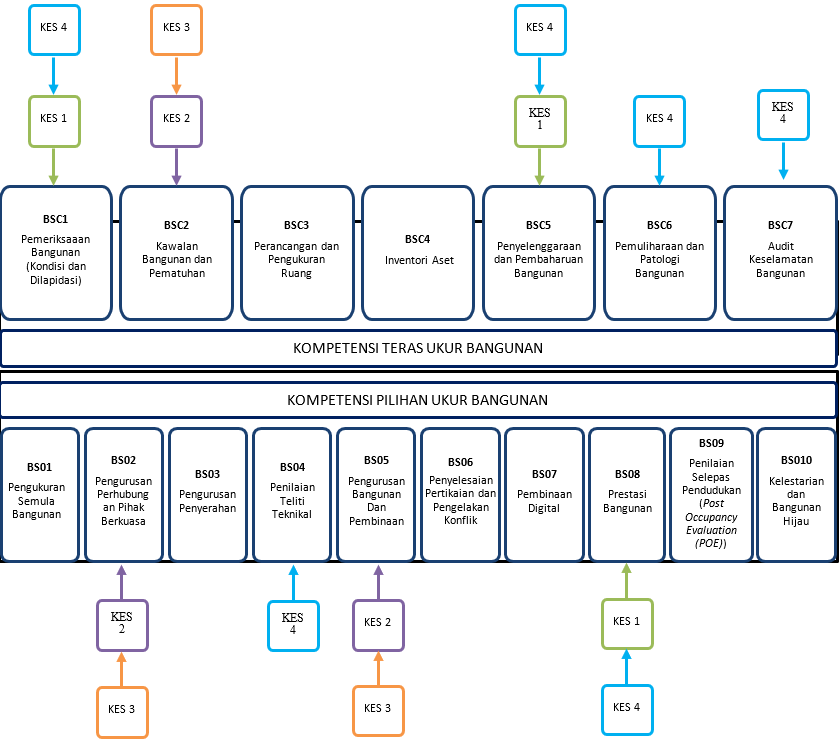
Downloads
Published
Issue
Section
License
Copyright (c) 2025 Progress in Energy and Environment

This work is licensed under a Creative Commons Attribution-NonCommercial 4.0 International License.




